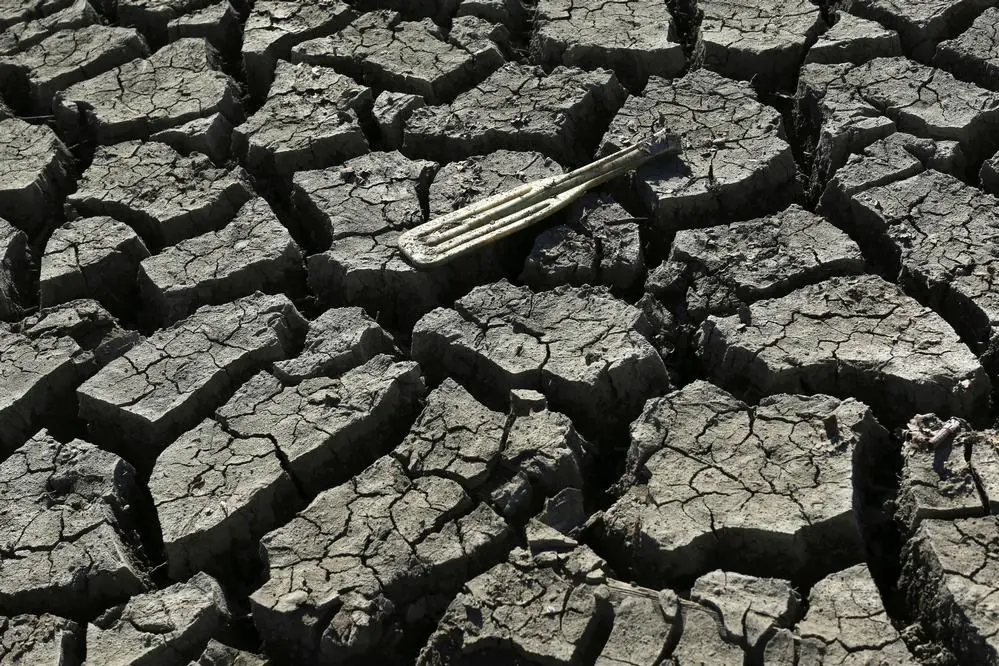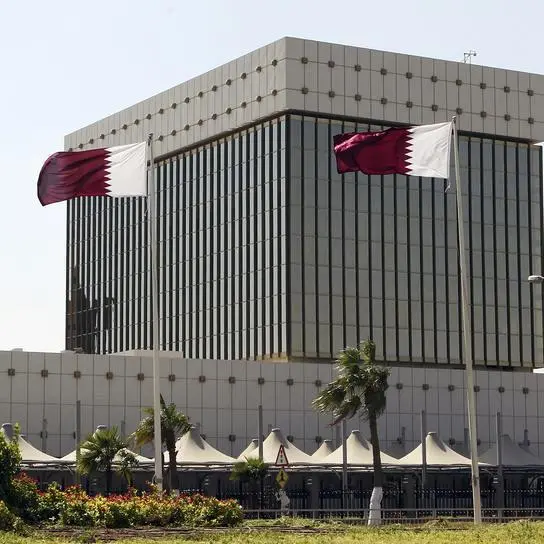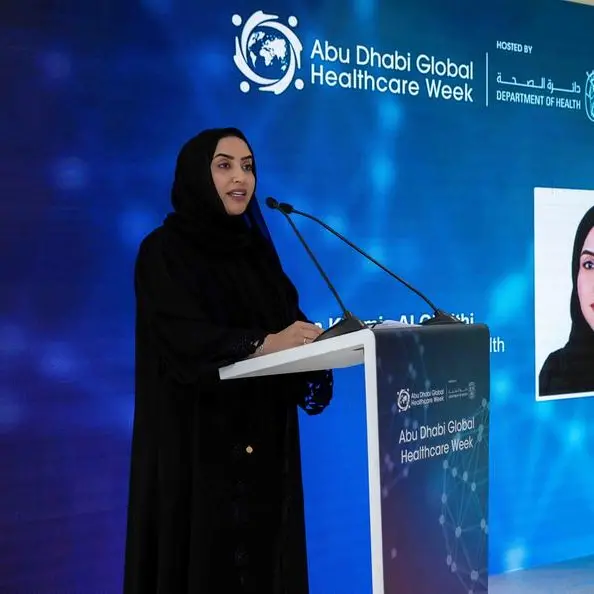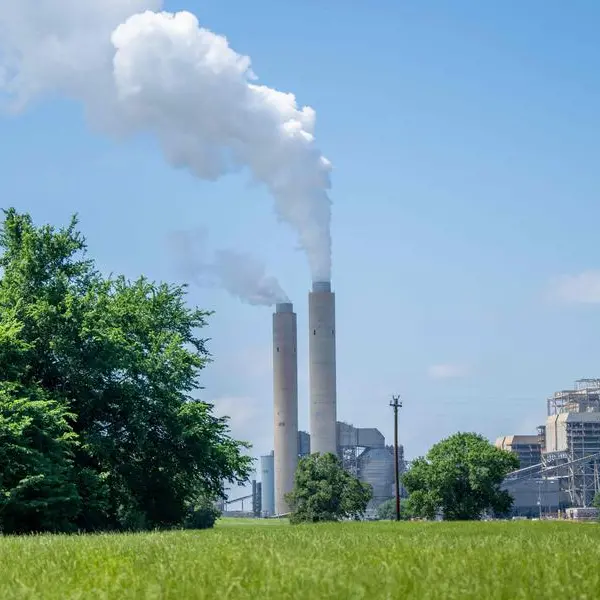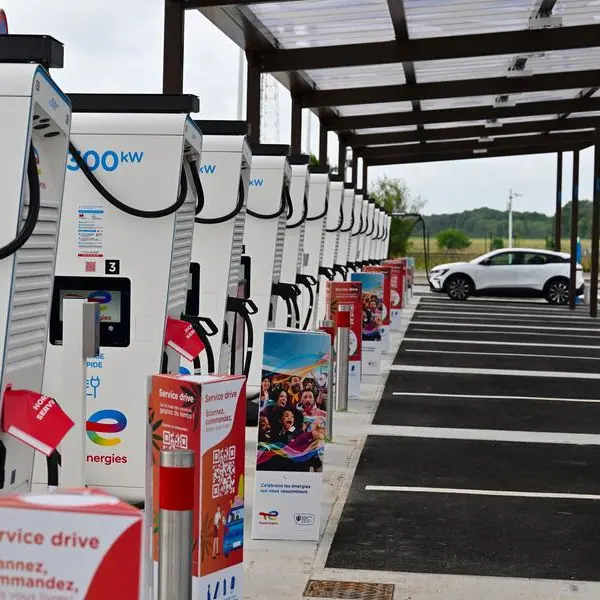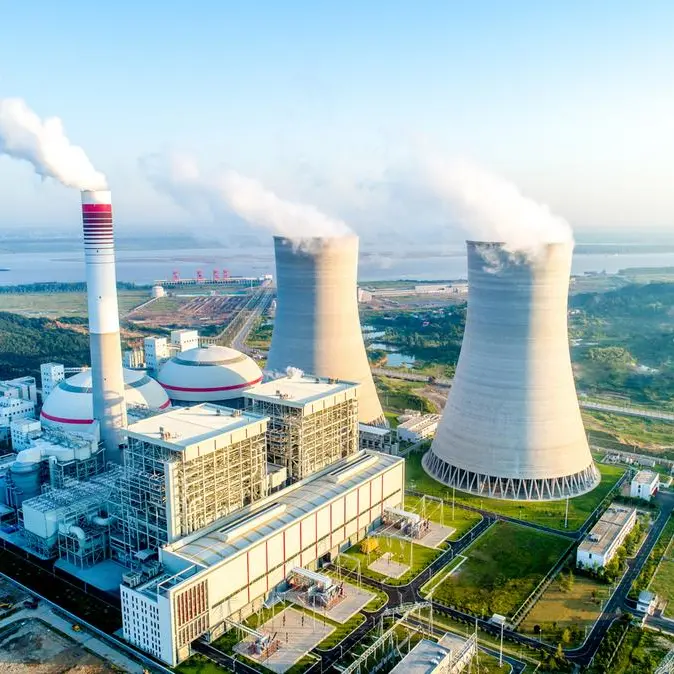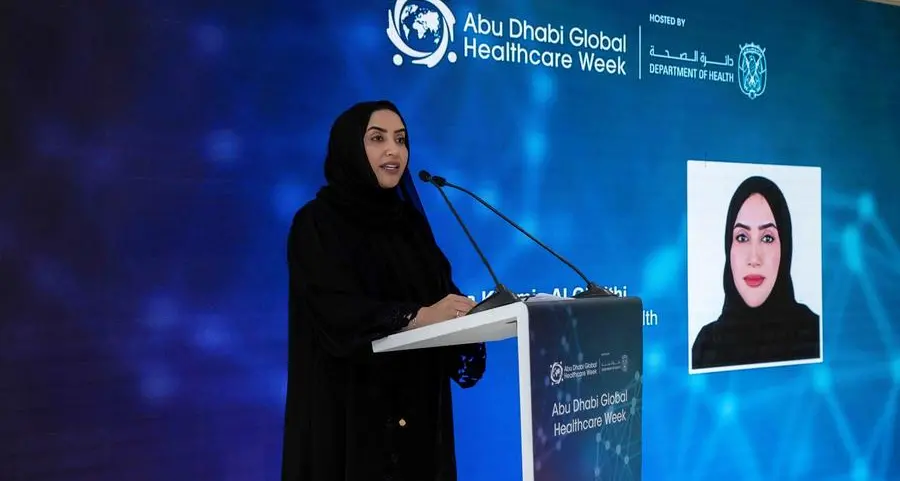PHOTO
26 January 2017
By Shane McGinley
In the early 1860s, in the midst of the American Civil War, an engineer named Edward Powers was staring up at the sky when he had a major eureka moment. He observed how it often rained on the spot where a battle had taken place, leading him to wonder if the dust and smoke thrown up into the atmosphere during combat was affecting the clouds.
Soon after the war ended, his observations were taken seriously and it encouraged the American government to investigate the matter. Today, more than 50 countries around the world have programmes to pump chemicals into their atmospheres in order to stimulate more rainfall, a process commonly known as cloud seeding.
In an arid climate like the United Arab Emirates (UAE) it is no surprise that this has been in operation since 1990, but two years ago the government set up the UAE Research Program for Rain Enhancement Science, in a bid to stimulate the science’s next big eureka moment.
This month, as the program announced the second round of academics who had been awarded funding, the timing could not be more important.
A new report by the National Aeronautics and Space Administration (NASA) in the United States, published in March last year, found that the drought being experienced in the Middle East over the last two decades is likely to have been the worst of the past 900 years.
Set up in 2015, the program’s latest round of funding attracted 91 research proposals from 398 scientists and researchers affiliated to 180 institutes in 45 countries around the world.
Science of rainfall
The trio of winning recipients includes research scientists from Finland, the United Kingdom and the United States and they have approached the challenge from different angles.
Prof. Hannele Korhonen, from the Finish Meteorological Institute is taking a theoretical approach to studying what factors in the atmosphere encourage rainfall.
“Our project is focusing on the fundamental science questions behind rain enhancement, we are looking at atmospheric aerosol particles and how they impact clouds and rain formation,” she told Zawya in an interview on the sidelines of Abu Dhabi Sustainability Week, which took place in the UAE capital earlier this month.
“By understanding this process better we are hoping to help the people here to optimise their cloud seeding strategies a bit better.”
American scientist, Dr. Paul Lawson, is going to look more closely at the clouds themselves and which ones are the best for encouraging larger amounts of rain. “If we can identify that certain type of cumulus cloud that can be modified to stimulate the secondary ice process, then that could lead to rain enhancement,” he said.
Finally, Prof. Giles Harrison, from the University of Reading in the UK, who is best known for his work studying the Icelandic volcanic ash in 2010, is focusing on the electrical makeup of rain particles.
“We are looking at what an electrical charge does in clouds. So, at the smallest level, at the smallest drops, the charge can help them stick together and this helps make bigger drops,” he explained. “Our calculations show you can get to bigger drops more quickly if there are more drops charged. We want to know what the charge state is in the clouds here... We will then try and introduce charge into the clouds and observe what happens with the drops. They can then fall with gravity, which we call rain.”
While the research is focused on the UAE, Dr Abdullah Al Mandoos, director of the National Center of Meteorology & Seismology, said it has obvious global implications.
“The UAE Research Program for Rain Enhancement Science is generating new insights that could have wider applications for countries suffering from scarcity of natural water resources. Thanks to the UAE’s vision, we can look forward to a continued international effort in the field of rain enhancement that could have a real impact on water sustainability in developing regions across the world,” he said in a press statement.
However, the program is not resting on its laurels and while the new recipients of funding may be about to start their three years of research, the next round of awardees is already gathering.
Potential applicants for the third cycle must submit a letter of intent no later than February 16, 2017. Pre-proposals must be submitted by March 16 and full proposals on or before August 17, 2017. Click here for more details.
© Zawya 2017
By Shane McGinley
In the early 1860s, in the midst of the American Civil War, an engineer named Edward Powers was staring up at the sky when he had a major eureka moment. He observed how it often rained on the spot where a battle had taken place, leading him to wonder if the dust and smoke thrown up into the atmosphere during combat was affecting the clouds.
Soon after the war ended, his observations were taken seriously and it encouraged the American government to investigate the matter. Today, more than 50 countries around the world have programmes to pump chemicals into their atmospheres in order to stimulate more rainfall, a process commonly known as cloud seeding.
In an arid climate like the United Arab Emirates (UAE) it is no surprise that this has been in operation since 1990, but two years ago the government set up the UAE Research Program for Rain Enhancement Science, in a bid to stimulate the science’s next big eureka moment.
This month, as the program announced the second round of academics who had been awarded funding, the timing could not be more important.
A new report by the National Aeronautics and Space Administration (NASA) in the United States, published in March last year, found that the drought being experienced in the Middle East over the last two decades is likely to have been the worst of the past 900 years.
Set up in 2015, the program’s latest round of funding attracted 91 research proposals from 398 scientists and researchers affiliated to 180 institutes in 45 countries around the world.
Science of rainfall
The trio of winning recipients includes research scientists from Finland, the United Kingdom and the United States and they have approached the challenge from different angles.
Prof. Hannele Korhonen, from the Finish Meteorological Institute is taking a theoretical approach to studying what factors in the atmosphere encourage rainfall.
“Our project is focusing on the fundamental science questions behind rain enhancement, we are looking at atmospheric aerosol particles and how they impact clouds and rain formation,” she told Zawya in an interview on the sidelines of Abu Dhabi Sustainability Week, which took place in the UAE capital earlier this month.
“By understanding this process better we are hoping to help the people here to optimise their cloud seeding strategies a bit better.”
American scientist, Dr. Paul Lawson, is going to look more closely at the clouds themselves and which ones are the best for encouraging larger amounts of rain. “If we can identify that certain type of cumulus cloud that can be modified to stimulate the secondary ice process, then that could lead to rain enhancement,” he said.
Finally, Prof. Giles Harrison, from the University of Reading in the UK, who is best known for his work studying the Icelandic volcanic ash in 2010, is focusing on the electrical makeup of rain particles.
“We are looking at what an electrical charge does in clouds. So, at the smallest level, at the smallest drops, the charge can help them stick together and this helps make bigger drops,” he explained. “Our calculations show you can get to bigger drops more quickly if there are more drops charged. We want to know what the charge state is in the clouds here... We will then try and introduce charge into the clouds and observe what happens with the drops. They can then fall with gravity, which we call rain.”
While the research is focused on the UAE, Dr Abdullah Al Mandoos, director of the National Center of Meteorology & Seismology, said it has obvious global implications.
“The UAE Research Program for Rain Enhancement Science is generating new insights that could have wider applications for countries suffering from scarcity of natural water resources. Thanks to the UAE’s vision, we can look forward to a continued international effort in the field of rain enhancement that could have a real impact on water sustainability in developing regions across the world,” he said in a press statement.
However, the program is not resting on its laurels and while the new recipients of funding may be about to start their three years of research, the next round of awardees is already gathering.
Potential applicants for the third cycle must submit a letter of intent no later than February 16, 2017. Pre-proposals must be submitted by March 16 and full proposals on or before August 17, 2017. Click here for more details.
© Zawya 2017
